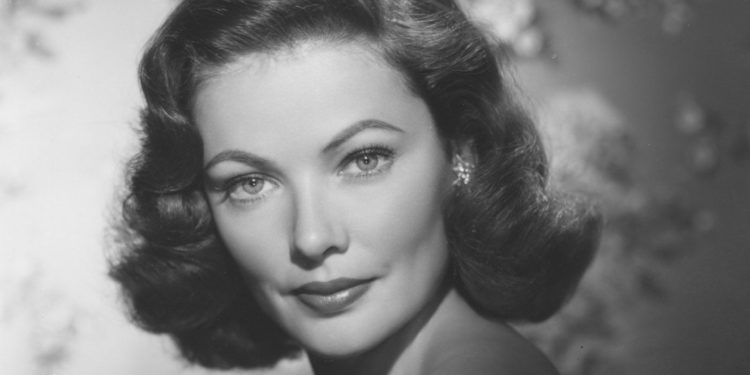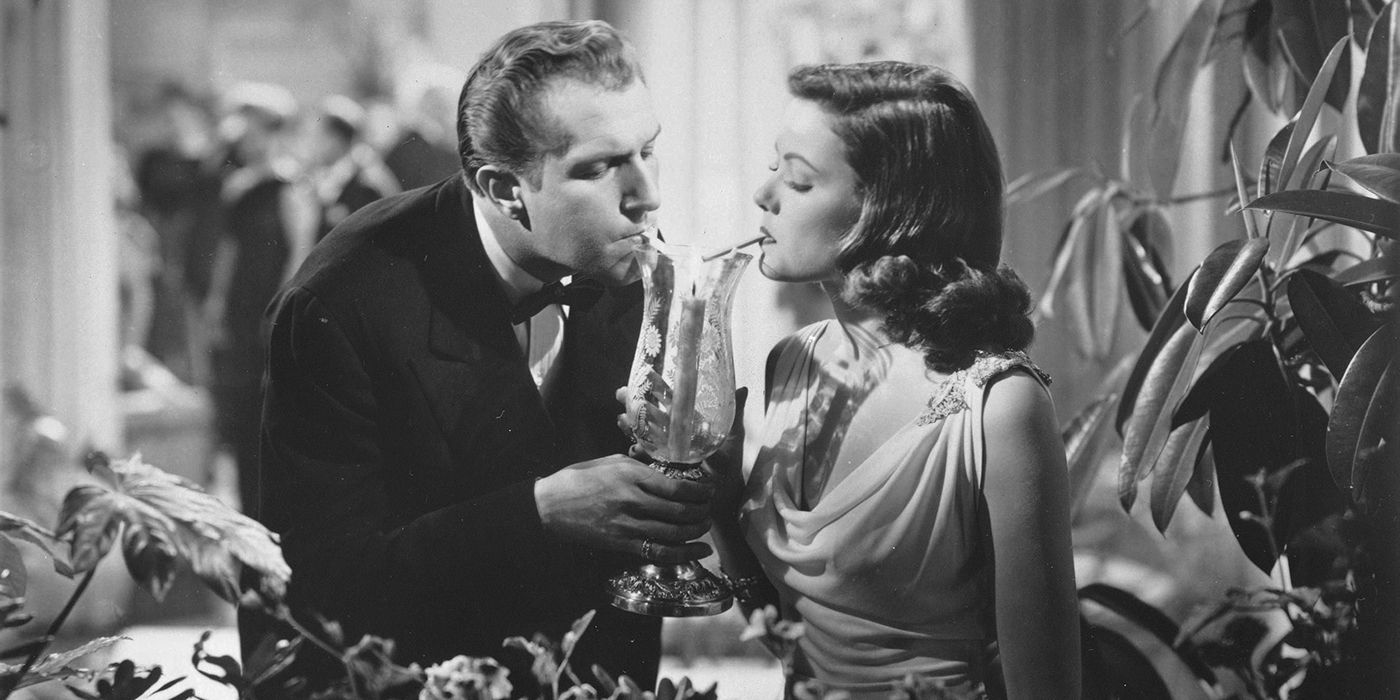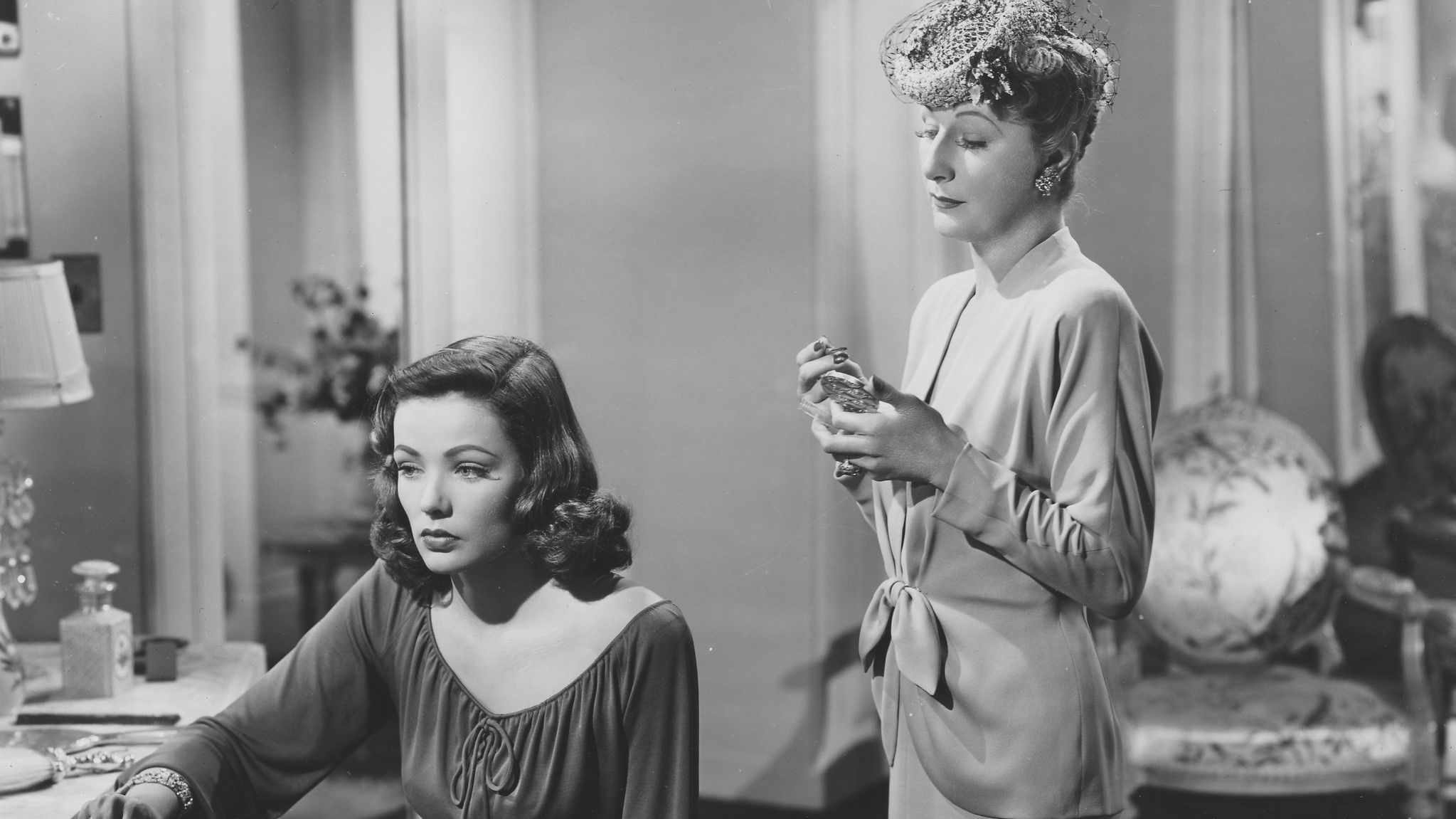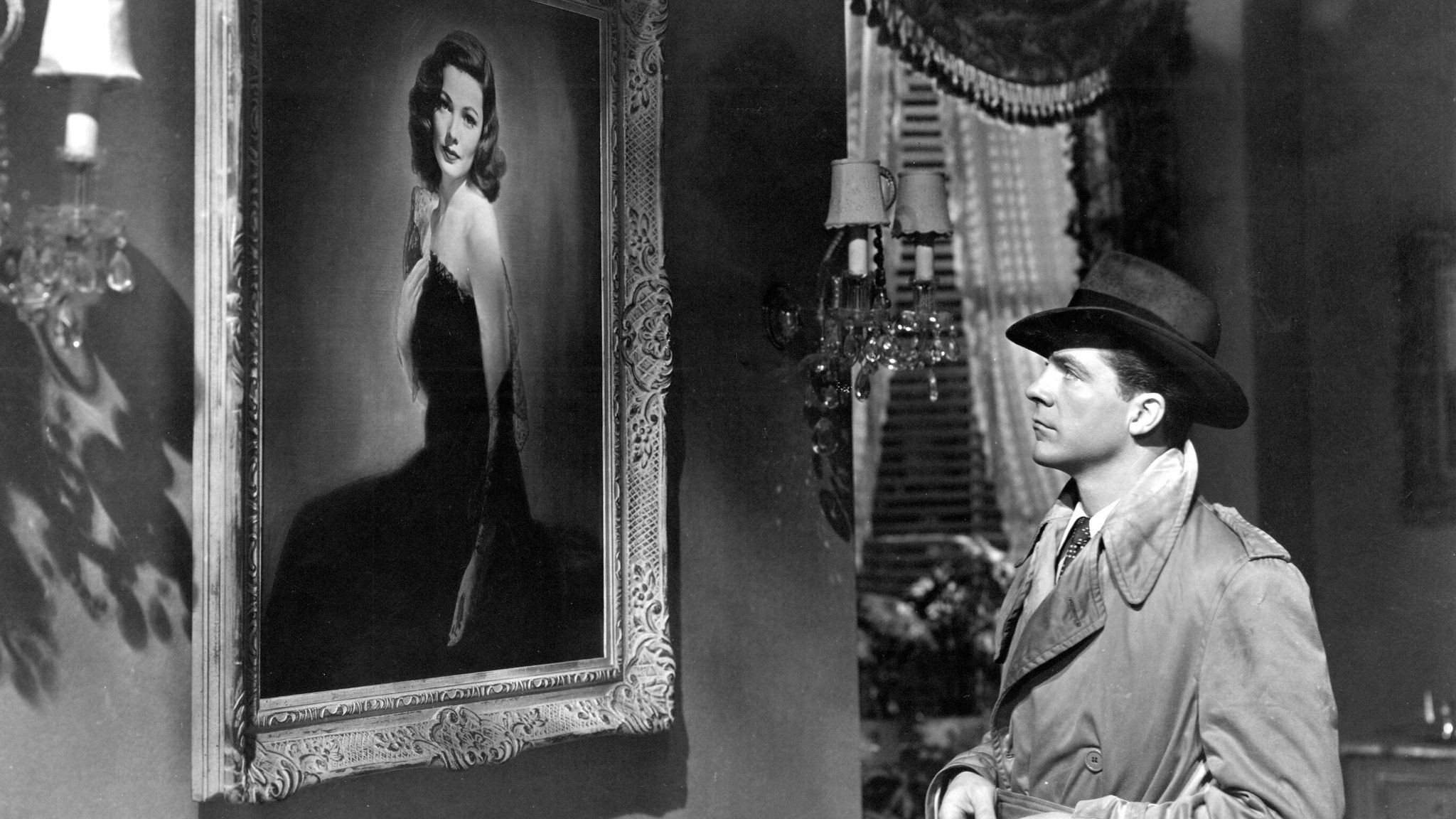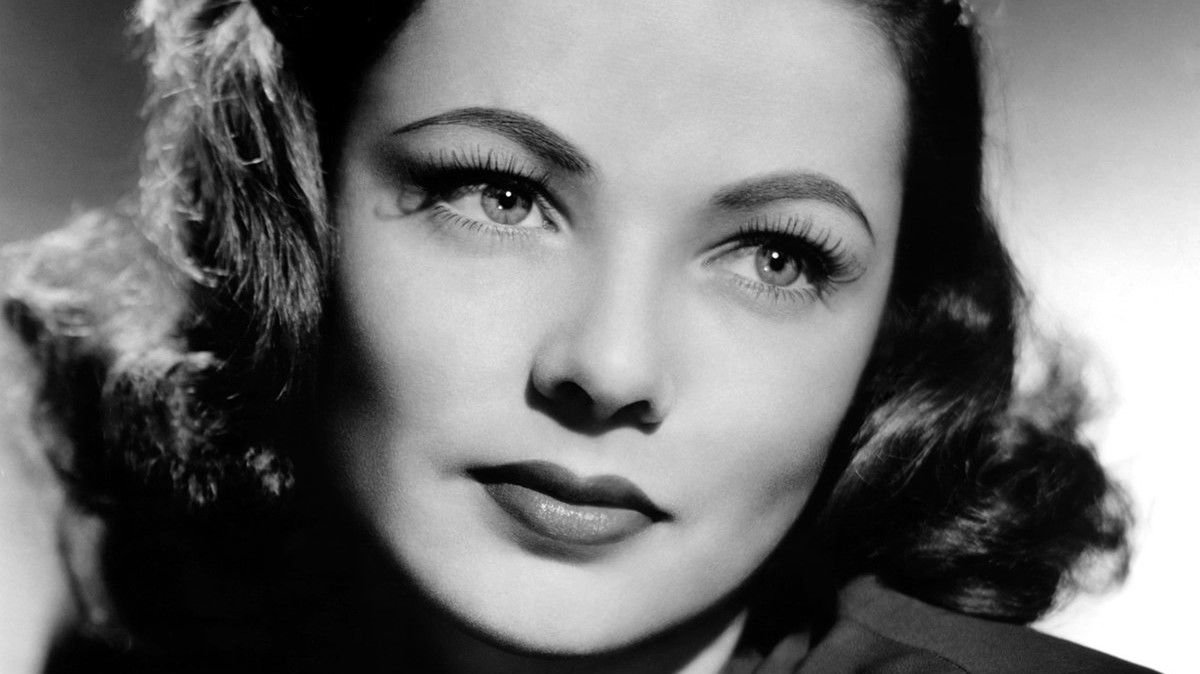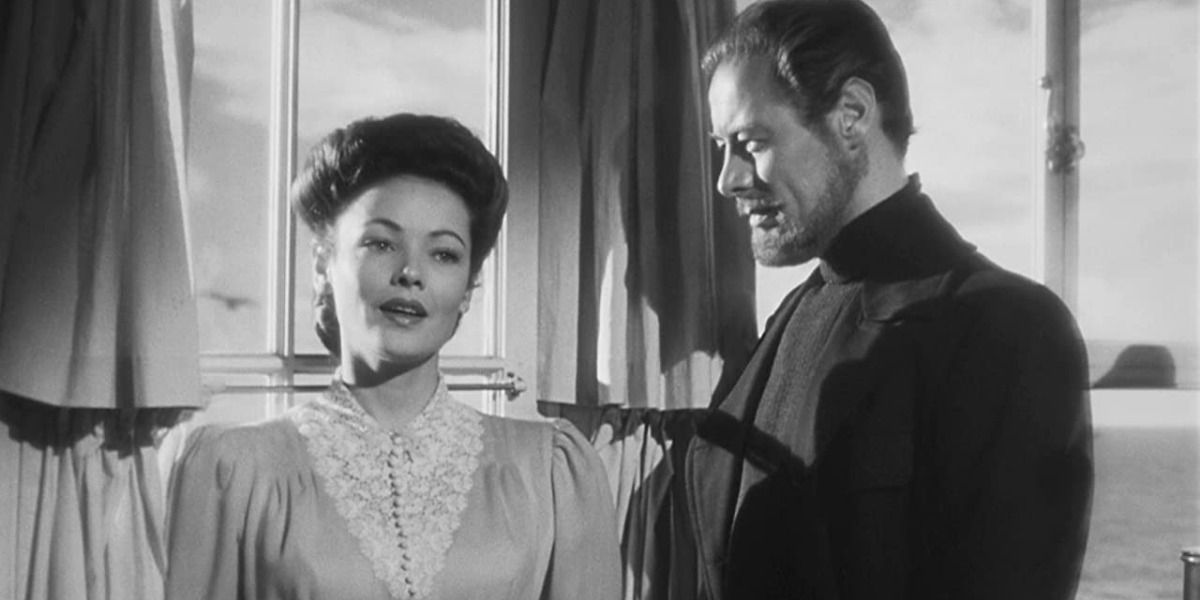The death of illusion would be the death of cinema, a sobering fact not lost on Hollywood, which regularly dabbles in meta concepts and the dark side of fame. From the fictional Sunset Boulevard to the harsh realities that plagued Norma Jean aka Marilyn Monroe, the movie industry has churned out incredible stories and damaged people since day one, using fantasy as currency. Despite this, there remains a strong allure for would-be actors and actresses yearning to be embraced by the system, often at a cost to their mental and physical health. In other words, the image is rarely reflective of reality. The contrast is touched upon in Otto Preminger’s 1944 noir Laura, but made all the more poignant when one considers the trajectory of its star, Gene Tierney, an actress whose life, like so many before her, was a constant struggle to live up to the on-screen perfection.
“I shall never forget the weekend that Laura died,” begins the film, spoken with rueful nostalgia by Waldo Lydecker (Clifton Webb), the flamboyant columnist whose trade is in artful insults. One is quickly under the impression that Lydecker’s column is a means of making or breaking would-be celebrities, or in the case of Laura Hunt (Tierney), lovers. His shtick, both in his writing and public personality, is biting bon mots and deep self-satisfaction. Like a character ripped from the pages of Oscar Wilde, Lydecker describes himself as completely self-absorbed, but justifiably so, as he has “never discovered any other subject quite so worthy of my attention.” Assuming the role of Pygmalian with erectile dysfunction, Lydecker insists that he is the only person who truly knew Laura, taking pride in selecting her hairstyle, clothing, introducing her to the right people and making her “as famous as Waldo Lydecker’s walking stick.” The line between a catch and a creep has never been so fine.
Men Wanted Her, Women Wanted to Be Her
Looking up at her regal portrait, it must be said that he did a cracking job — the woman is the equivalent of a pre-homicidal Dorian Gray, genetically blessed to the point of making the viewer head straight for the Clarins counter. For a character of questionable sexuality, Lydecker doesn’t hold back on his preoccupation with her feminine looks, banging on about “her youth and beauty, her poise and charm… Men admired her; women envied her” for half the film. These sentiments are not merely those of a crotchety old pervert, however. It seems everyone is bewitched by Laura — the social climbing Shelby Carpenter (Vincent Price) who initially gives up dalliances with a model, and a wealthy socialite (Judith Anderson) in a bid to become her official bit of crumpet, Laura’s maid, Bessie (Dorothy Adams), who protects her mistress “on account of the thousand sweet things” she did in life, and the aforementioned spinster socialite, who also happens to be Laura’s aunt, Ann Treadwell, who envies her glamorous niece in a matter-of-fact Ugly Stepmother fashion.
But the biggest testament to Laura’s, erm, charm, comes from Mark McPherson (Dana Andrews), the detective in charge of her murder case, who initially appears unflaggingly passionless, until his poking and prodding through the victim’s underwear drawer results in evenings spent sleeping beneath her portrait. By the way, this guy is the “hero.”
A Matron of Martyrdom
Fortunately for him, when the flesh and blood Laura reappears, not murdered after all, she’s just as appealing as her portrait, but with an added earthy kindness and naivety, which betrays her position as a head honcho in the cutthroat world of marketing. Laura is kind to her staff, encouraging of her employees, and defensive of those who are accused of her murder. Her own reputation doesn’t seem to bother her as much as, well, being nice. When she is arrested, there is no argument, cries of police corruption, or threats of legal action, simply the resigned sigh of a middle-child who knows resistance is futile. Prior to his infatuation, Lydecker is dismissive of the young go-getter, who turns the situation on its head by feeling sorry for him, believing that his rudeness does him a disservice. In an argument against female intuition, she “knows” he is better than that. Lydecker is all about appearances, not just his own shtick, but Laura’s, and states that he would rather see her locked-up and tried for murder than have her reputation tarnished. The faultless beauty is equally generous to her slimy, aunt-schtupping fiancé, giving him a free pass despite being perfectly aware of his infidelity. When faced with the truth that both he and her aunt are capable of, and even considered killing her, she can only turn her gloriously-lit face away. After all, they didn’t, so I guess that counts for something.
But perhaps the most excruciatingly cringe moment of martyrdom is from Laura’s own mouth, when it is revealed that Lydecker was the friend, confidant and cradle-snatcher who attempted to kill her. Instead of gasping in horror and crying “how could he try to kill me, he chose this haircut!?”, she blames herself. That’s right, kids. Laura Hunt blames herself for the attempted murder of, well, herself, and for the actual killing of a doppleganger model. A model who, by the way, was in her house. Wearing her clothes. Having an affair with her fiancé. Shot by someone else entirely. While she was miles away.
“I did it. As surely as if I’d pulled the trigger myself…I’m as guilty as he is, not for anything I did, but for what I didn’t do”.
Spoken like a true Catholic.
If these kinds of ethics are the basis of Laura’s character, the biggest plot hole is why she went into advertising. But leaving that aside, it remains clear that her beauty and sophistication wasn’t enough to prevent those around her acting like a “collection of dopes”, another assessment that fails to fully encapsulate attempted murder.
Which Brings Us to Gene Tierney Herself
Rita Hayworth once said that “men go to bed with Gilda, but awaken with me,” which these days would sound like a well-rehearsed attempt at being relatable, but has the ring of sincerity for a pinup girl of the time. Hayworth, like Marilyn Monroe and countless others before her, was at the will of the people and a studio system that demanded perfection and complete loyalty. Tierney was no different. Laura marked the beginning of stardom for the actress, who was discovered by Anatole Litvak while walking through the Warner Bros. lot with her parents, and there is no doubt that the film makes the most of her head-turning beauty. Just as Detective McPherson falls in love with a portrait, so did the public, JFK, Prince Aly Khan, and Howard Hughes. She was, predictably, accused of being more about looks than talent, and regularly lambasted for being nice to look at but with little relevance. Without the critics on her side, staying in the game meant playing to the image. “When you were unattainable, that’s when he wanted you most,” Lydecker suggests, echoing the industry standard. But as the years went by it became clear that what Tierney wanted was the “disgustingly earth-bound relationship” that was proving more elusive than fame. After all, “who wants to play an oil painting?” she would ask.
Signing with Fox before the age of 20, Tierney quickly came to resent the assessment of her performances being secondary to her cheekbones. In a bid to be more than just a pretty face, Tierney was advised to take up smoking, thereby lowering her voice and exuding some kind of Thanos-like authority. She would die of emphysema at 70. This particular hot tip went hand in hand with a strict diet that would be followed to the letter for 20 years, because what use is an assured voice without an accompanying size 6 body?
Squeezing into dresses and coughing up phlegm weren’t the only obstacles faced by Tierney. Her first husband, fashion designer and notorious womanizer Oleg Cassini, was at the forefront of a fledgling business, now relying on Tierney’s income to stay afloat. Her mother and confidante became increasingly unwell, while Tierney’s first child, Daria, was born with severe intellectual disabilities, deafness and partial blindness. As if these realities weren’t difficult enough, the actress soon learned that her daughter’s condition was a direct result of having contracted German measles from a fan who escaped quarantine to meet the star.
Far from the successful goddess portrayed in Laura, Tierney found herself having to accept mediocre roles in order to keep up with surmounting medical bills and the lifestyle of a philandering husband. Despite maintaining a pristine image, her mind became increasingly fragile while juggling her duties to Hollywood, her public, and her family. Eventually, Daria was institutionalized, leading Tierney to be diagnosed with severe bipolar depression. Her illness peaked one afternoon when the actress was found standing on the ledge of her New York apartment above a sea of onlookers, including her second daughter. At a time when undergoing psychotherapy was a dirty secret and shock treatment was hit-and-miss, the attempted suicide was enough to convince the actress to try anything, signing up for eight months in a mental health clinic (a proper one, not like the day spas of modern rehab) and intensive electroshock therapy. Fortunately, Tierney began to recover, slowly re-emerging into the world by taking up a sales role in a local shop, and very occasionally appearing in carefully selected films.
For the most part, Tierney said goodbye to Hollywood, and lived out her remaining decades in Houston with a new husband, the oil executive, M. Howard Lee. Laura didn’t afford the actress an opportunity to explore a character beyond being pretty, but the same can’t be said for her life.
Credit: Source link


